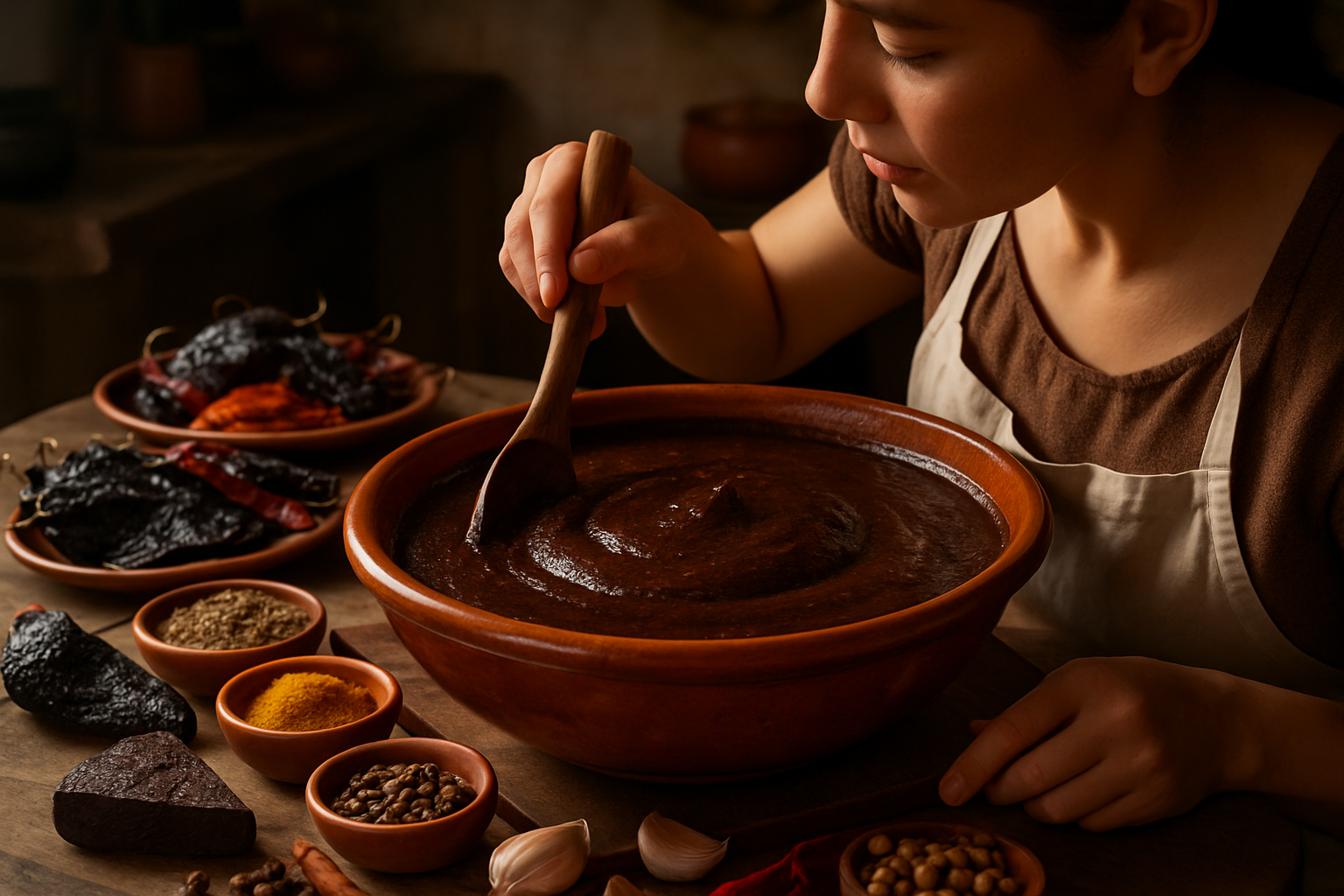A Deep Dive Into the Art of Mexican Mole: A Delicious Dance of Flavors
Mexico, a country rich in culture and tradition, is also known worldwide for its exceptional culinary scene. The Mexican cuisine is a tapestry of flavors, aromas, and textures. One dish that stands out is the spectacular Mole. This complex, multi-layered sauce is a testament to the country's culinary prowess and cultural diversity.

The Genesis of Mole
Mole, pronounced ‘Mo-lay’, is a traditional Mexican sauce that’s used in numerous dishes. The origins of mole are steeped in history, with both the states of Puebla and Oaxaca claiming to be its birthplace. While its true origins may be a topic of debate, there’s no denying the significant impact the sauce has had on Mexican cuisine.
The Art of Making Mole
The creation of mole is a time-consuming process that requires patience and skill. It involves toasting and grinding numerous ingredients, followed by a slow, careful simmering. Ingredients can vary, but typically include chilies, spices, nuts, seeds, and even chocolate. The result is a rich, complex sauce that can have more than twenty components.
The Varieties of Mole
Despite there being seven recognized types of mole, each region in Mexico has its own unique interpretation, highlighting the country’s vast culinary diversity. These can range from the dark, chocolate-infused Mole Poblano to the green Mole Verde made with tomatillos and pumpkin seeds.
Mole in Modern Cuisine
Mole is not just confined to traditional Mexican dishes. This versatile sauce has found its way into modern culinary applications, enhancing dishes from different cuisines around the world. From mole-inspired pizzas to mole-infused cocktails, the possibilities are endless.
The Cultural Significance of Mole
Beyond its culinary applications, mole holds a significant place in Mexican culture. It is often made during special occasions and festivals, symbolizing unity and celebration.
-
Mole is traditionally made by multiple family members, fostering a sense of community.
-
Some mole recipes are passed down through generations, preserving family heritage.
-
The complexity of mole mirrors the diversity of Mexican culture and cuisine.
In conclusion, mole is not just a dish; it’s a sensory experience that embodies the heart and soul of Mexico. Its depth of flavor, complexity, and cultural significance make it a standout in the culinary world. The next time you enjoy a plate of mole, remember – you’re not just tasting a sauce, but a rich tapestry of Mexican history, tradition, and culture.





